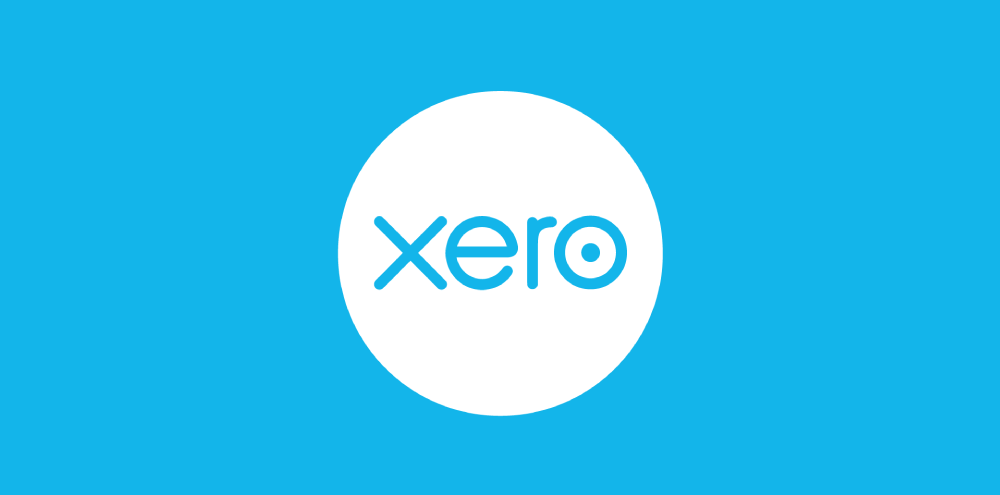Effective Strategies for Boosting Your Startup’s Cash Flow

In the unpredictable world of startups, maintaining a cash surplus can be a lifesaver. It provides a safety net in case sales don’t meet expectations or unexpected expenses arise. Aside from providing security, surplus cash also paves the way for expansion opportunities, handling large bills, or purchasing essential equipment. While injecting personal capital or taking out a loan can aid in creating a cash surplus, let’s explore some other effective strategies for improving cash flow in your startup.
Streamlining operations:
Before dipping into external funds, consider if there are ways to free up cash internally. A few potential approaches include:
- Encouraging customers to make early payments by offering discounts or facilitating immediate payment options such as online or mobile payments.
- Consider selling rarely used assets and renting the equipment as needed.
- Reducing personal drawings from the business during periods of slow revenue growth.
Inventory management can also tie up significant amounts of your cash. Improve your cash flow by:
- Implementing ‘just in time’ inventory practices to reduce stockpiling.
- Discontinuing slow-moving items and holding sales to clear obsolete inventory.
- Regularly reviewing inventory levels and turnover rates to ensure you’re stocking only what’s necessary.
Credit management:
Rather than letting cash be tied up in accounts receivable, consider not offering credit, or accepting credit card payments to improve cash flow. For long-term projects, consider invoicing for periodic progress payments. This ensures a steady cash flow throughout the project instead of waiting for the end to invoice.
Price adjustments:
A straightforward method for enhancing cash flow is price increases. Evaluate where you can increase prices without dampening demand.
Encouraging prepayments:
Request customers to prepay or pay a deposit, especially for large contracts. A consistent payment system, like monthly payments or a subscription model, can also spread out cash flow evenly.
Supplier negotiations:
Negotiating beneficial terms with suppliers, such as consignment or extended payment terms, can free up your cash. If you’re in a tight spot, consider returning goods to suppliers for a credit.
Operational improvements:
Creating better cash flow may also involve:
- Implementing stricter credit control and debt collection procedures.
- Sourcing less expensive materials or supplies.
- Identifying and curtailing rising expenses.
- Focusing on high margin work and saying no to low margin projects.
- Conducting market research to identify challenges and taking appropriate action.
Regular Savings
Set up regular contributions into a business savings account, such as a percentage of sales every month or surplus profit each quarter. Make sure the savings won’t impact your business operations. Every business has the potential to find extra cash in different areas, if you can get creative and make some cuts where needed. And even if you still need a business loan, it might not be as much as you thought if you can find other ways to generate some cash surplus.
Uncertain about managing your startup’s finances? We are here to guide you. Contact us to schedule a consultation and let’s unlock the financial potential of your business.













